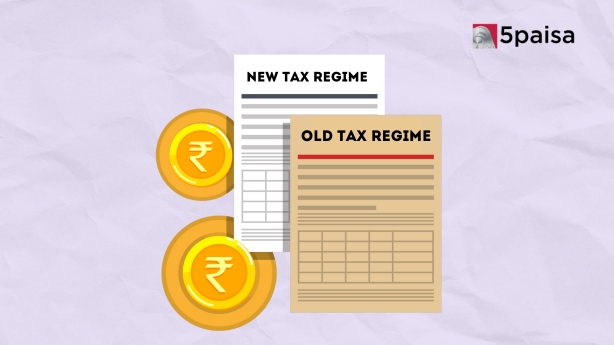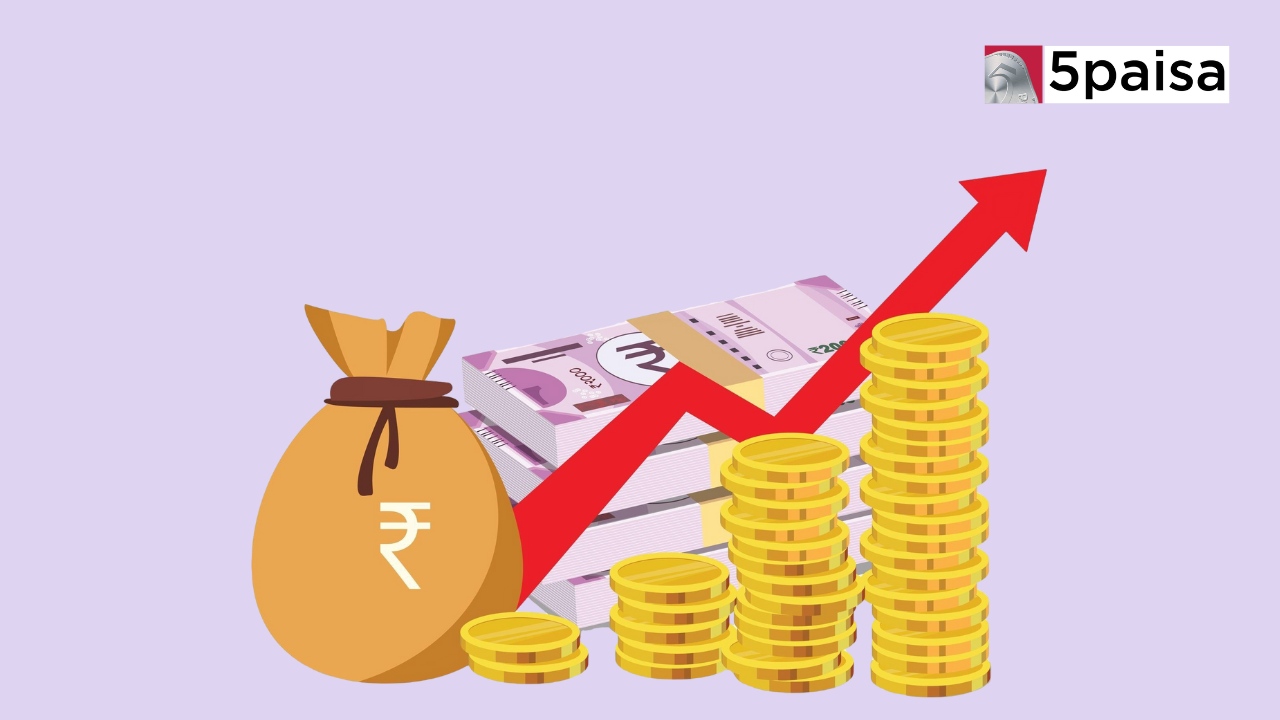3 Technologies Disrupting Finance in 2025: AI, Blockchain & Big Data Revolution
What Are Inflation Indexed Bonds?

Inflation can be a real headache for investors. It eats away at the value of your money, making your investments worth less over time. But what if there was a way to protect your investments from inflation? That's where inflation-indexed bonds come in.
Inflation-indexed bonds, also called inflation-linked bonds or real return bonds, are special bonds designed to shield investors from rising prices. Unlike regular bonds that pay a fixed amount, these bonds adjust their payments based on inflation rates. This means your investment keeps its purchasing power even as prices go up.
What Are Inflation Indexed Bonds?
Inflation-indexed bonds are government-issued securities that offer protection against inflation. The main idea behind these bonds is simple: as inflation rises, so does the value of your investment and the interest payments you receive.
Here's how it works in a nutshell:
1. The principal (the amount you initially invest) is adjusted regularly based on changes in inflation.
2. Interest payments are calculated using this adjusted principal.
3. When the bond matures, you get back the adjusted principal or the original amount, whichever is higher.
This means that your investment maintains its real value even if prices are rising quickly. It's like having a financial shield against inflation.
These bonds are especially useful for investors who want to preserve their purchasing power over the long term. They're often favoured by retirees or those saving for long-term goals, providing a steady, inflation-protected income stream.
History of Inflation Indexed Bonds
The concept of inflation-protected bonds isn't new, but they took a while to become popular. The first modern inflation-indexed bonds were introduced in Brazil in 1964. However, it wasn't until the 1980s that they gained traction in developed economies.
The United Kingdom was one of the pioneers, launching index-linked gilts in 1981. The United States followed suit in 1997 with Treasury Inflation-Protected Securities (TIPS). Other countries like Canada, France, and Japan soon introduced their own versions.
In India, inflation-indexed bonds have had an interesting journey. The Reserve Bank of India (RBI) first introduced them in 1997 but didn't catch on immediately. In 2013, the RBI relaunched them with some changes, hoping to make them more attractive to investors.
These bonds were seen as a way to encourage people to save money instead of buying gold, traditionally seen as a hedge against inflation in India. While they've had mixed success, they remain an important tool in the government's financial toolkit.
Types of Inflation-Indexed Bonds
While the basic concept of inflation-indexed bonds is the same worldwide, different countries have their own versions. Here are some common types:
1. Treasury Inflation-Protected Securities (TIPS): These are issued by the U.S. government and are probably the most well-known inflation-indexed bonds.
2. Index-Linked Gilts: These are the U.K. version issued by the British government.
3. Real Return Bonds: This is what they're called in Canada.
4. Inflation-Indexed National Savings Securities - Cumulative (IINSS-C): One type of inflation-indexed bond is available in India.
5. Capital Indexed Bonds: These are similar to TIPS but are issued by some other countries.
Each type may differ slightly in how they're structured or how often they adjust for inflation, but the core idea remains the same – protecting your investment from inflation.
How Inflation-Indexed Bonds Work?
Understanding how inflation-indexed bonds work is crucial if you consider investing in them. Let's break it down step by step:
1. Initial Investment: You buy the bond at its face value, say ₹10,000.
2. Inflation Adjustment: The principal is adjusted regularly (usually daily) based on changes in the Consumer Price Index (CPI), which measures inflation.
3. Interest Calculation: Interest is calculated on this adjusted principal. For example, if the bond pays 2% interest and inflation has increased your principal to ₹10,500, you'll earn interest on ₹10,500, not the original ₹10,000.
4. Interest Payments: You receive interest payments (usually twice a year) based on the adjusted principal.
5. Maturity: When the bond matures, you get back either the inflation-adjusted principal or the original principal, whichever is higher.
Here's a simple example:
You buy a 5-year inflation-indexed bond for ₹10,000 with a 2% interest rate. After one year, inflation is 3%. Your new principal becomes ₹10,300 (original ₹10,000 + 3% inflation adjustment). Your interest payment for the year would be ₹206 (2% of ₹10,300).
This process continues each year until the bond matures. If inflation stays high, your returns could be significantly higher than with a regular bond.
How Is Interest On An Inflation-Indexed Bond Calculated?
Calculating interest on an inflation-indexed bond might seem tricky, but it's quite straightforward once you understand the process. Here's how it works:
1. Adjust the Principal: First, the principal is adjusted for inflation. This is usually done daily based on the Consumer Price Index (CPI).
2. Apply the Interest Rate: The stated interest rate (the coupon rate) is then applied to this adjusted principal.
3. Calculate the Interest: The interest payment results from multiplying the adjusted principal by the interest rate.
Let's look at an example:
You have a ₹10,000 bond with a 2% interest rate. After 6 months, inflation has increased by 1.5%. Your adjusted principal is now ₹10,150 (₹10,000 + 1.5% inflation adjustment). Your 6-month interest payment would be ₹101.50 (2% ÷ 2 for half a year, applied to ₹10,150).
Remember, this calculation happens for each interest payment period, usually twice a year. The principal keeps adjusting with inflation, potentially leading to higher interest payments.
Benefits of Investing in Inflation-Indexed Bonds
Inflation-indexed bonds offer several advantages, making them an attractive option for many investors. Here are some key benefits:
1. Protection Against Inflation: This is the biggest advantage. Your investment maintains its purchasing power even as prices rise.
2. Guaranteed Real Return: You're assured a return above inflation, preserving the real value of your investment.
3. Low Risk: These bonds are typically issued by governments, making them very safe investments.
4. Diversification: They can help balance your investment portfolio, especially during high inflation.
5. Predictable Income Stream: The regular interest payments, adjusted for inflation, provide a steady income.
6. Capital Protection: At maturity, you're guaranteed to get back at least your original investment, even if there's deflation.
7. Potential for Higher Returns: In periods of high inflation, these bonds can outperform traditional fixed-rate bonds.
8. Hedge Against Economic Uncertainty: They can provide stability when the economic outlook is uncertain.
While inflation-indexed bonds might not offer the highest returns in all market conditions, they provide a unique combination of safety and inflation protection that many investors find valuable.
How to Invest in Inflation-Indexed Bonds
Investing in inflation-indexed bonds is relatively straightforward, but the exact process can vary depending on your country and the type of bond. Here's a general guide:
1.Through a Broker: Many stockbrokers offer inflation-indexed bonds. You can buy them just like you would stocks or other bonds.
2. Direct from the Government: In some countries, you can buy these bonds directly from the government. For example, in the U.S., you can buy TIPS through the TreasuryDirect website.
3. Mutual Funds or ETFs: If you prefer not to buy individual bonds, you can invest in mutual funds or exchange-traded funds (ETFs) that focus on inflation-indexed bonds.
4. Online Platforms: Some online investment platforms offer access to these bonds.
5. Banks: In India, you can often buy inflation-indexed bonds through banks.
Before investing, consider these points:
● Minimum Investment: Check if there's a minimum amount required to invest.
● Fees: Understand any fees associated with buying or selling the bonds.
● Holding Period: Some bonds may restrict when you can sell them.
● Tax Implications: The tax treatment of these bonds can be complex, so consult a tax advisor if needed.
Remember, while inflation-indexed bonds are generally considered low-risk, all investments carry some risk. Diversifying your investments and consulting a financial advisor to ensure these bonds fit well with your overall investment strategy is always a good idea.
Conclusion
Inflation-indexed bonds offer a unique way to protect your investments from the eroding effects of inflation. They provide safety, steady income, and inflation protection that can be valuable in many investment portfolios.
While they may not offer the highest returns in all market conditions, their ability to maintain purchasing power makes them an important tool for long-term financial planning. Whether you're saving for retirement, planning for your child's education, or simply looking to diversify your investments, inflation-indexed bonds are worth considering.
As with any investment, it's important to understand how these bonds work and how they fit into your overall financial strategy. Doing so lets you make informed decisions about whether inflation-indexed bonds are right for you.
Frequently Asked Questions
How Are Inflation-Indexed Bonds Different From Regular Bonds?
How Is The Interest On Inflation-Indexed Bonds Taxed?
What Is The Minimum Investment Amount For Inflation-Indexed Bonds?
- Flat ₹20 Brokerage
- Next-gen Trading
- Advance Charting
- Actionable Ideas
Trending on 5paisa
02
 5paisa Research Team
5paisa Research Team
Personal Finance Related Articles
Disclaimer: Investment in securities market are subject to market risks, read all the related documents carefully before investing. For detailed disclaimer please Click here.





